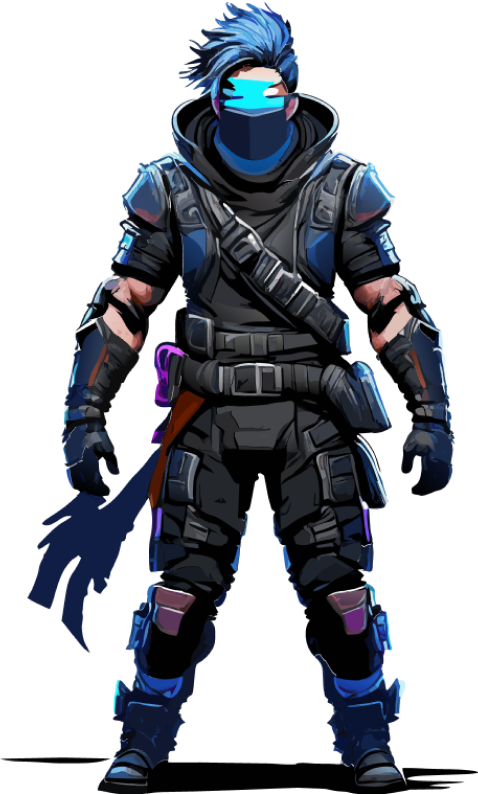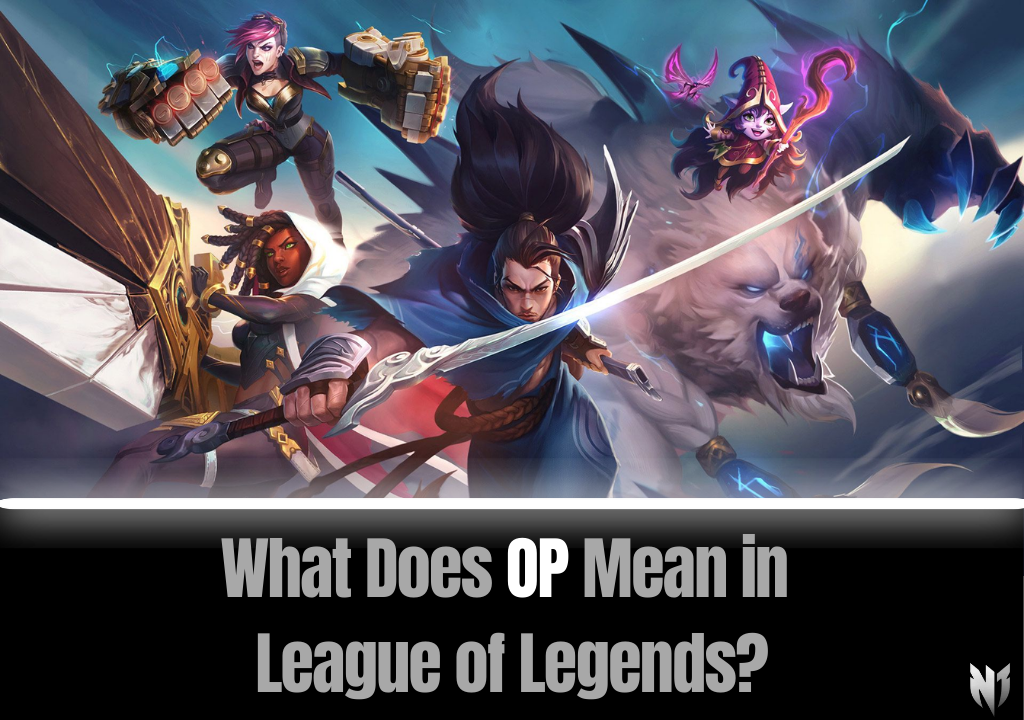What Does OP Mean in League of Legends?
In League of Legends, “OP” stands for “Overpowered” and refers to champions, items, abilities, or strategies that are excessively strong and disrupt the game’s balance. These elements often dominate gameplay, making matches feel lopsided and presenting significant challenges to counter effectively. This term is commonly used in the community when discussing game elements that might need adjustments to ensure fair play and competitive integrity.
What is Considered OP in League of Legends?
In League of Legends, something is typically labeled “OP” or overpowered when it significantly exceeds the expected levels of balance after new patches or hotfixes, affecting the game dynamics considerably. Factors that commonly identify overpowered elements include:
1. Win Rates
Champions or items with win rates substantially above the norm—typically anything over 53-54%—across a significant sample size are often seen as overpowered.
2. Pick and Ban Rates
High pick or ban rates in both casual and competitive play indicate that a champion might be too strong, as they are consistently chosen for their perceived advantage or banned to avoid dealing with them.
3. Gold Efficiency
An item can be considered overpowered if it offers too much utility or power for its cost, making it a disproportionately effective choice compared to other gear.
4. Versatility
Champions that excel in various roles or lack significant counters are often flagged as overpowered due to their ability to adapt and succeed in different situations.
5. Ease of Play
If a champion is straightforward to use effectively but offers high potential impact, they might be regarded as too powerful, particularly if they do not require high skill to achieve significant results.
6. Meta Influence
Champions or items that reshape the competitive landscape or necessitate particular counter-strategies or playstyles are sometimes viewed as overpowered because of their disruptive impact on game balance.
7. Professional Play Influence
The trends and priorities in professional play heavily influence the broader community’s perceptions of what is considered overpowered, as these elements are tested under the most competitive conditions.
These criteria help players and developers identify and address balance issues to maintain a fair and competitive gaming environment.
How Riot Addresses OP Elements in League of Legends
Riot Games employs several strategies to manage overpowered elements in League of Legends, ensuring the game remains balanced and enjoyable for all players. Here’s how they address these challenges:
1. Regular Patching
Riot continuously updates the game, implementing fixes and adjustments to maintain balance. This includes deploying immediate hotfixes to resolve pressing issues and scheduled patches to handle broader updates that refine game dynamics.
2. Community Engagement
The developers actively listen to player feedback, which plays a crucial role in identifying overpowered elements. Community discussions, whether expressing frustration or suggesting changes, often prompt Riot to make necessary adjustments through hotfixes.
3. Comprehensive Monitoring
Riot Games meticulously monitors gameplay statistics to identify any discrepancies that indicate overpowered conditions. They analyze metrics such as win rates, pick rates, and overall performance to determine if specific champions or items are disrupting the intended balance of the game.
By integrating player feedback with detailed gameplay analysis, Riot Games can effectively identify and correct any overpowered issues, thus preserving the strategic depth and fairness of League of Legends.
Boost Your Rank with Professional Services
Want to climb the ranks faster? Get expert help from top-tier players and dominate the competition. Check out our LoL Boosting and LoL Smurf Account services for a competitive edge.



